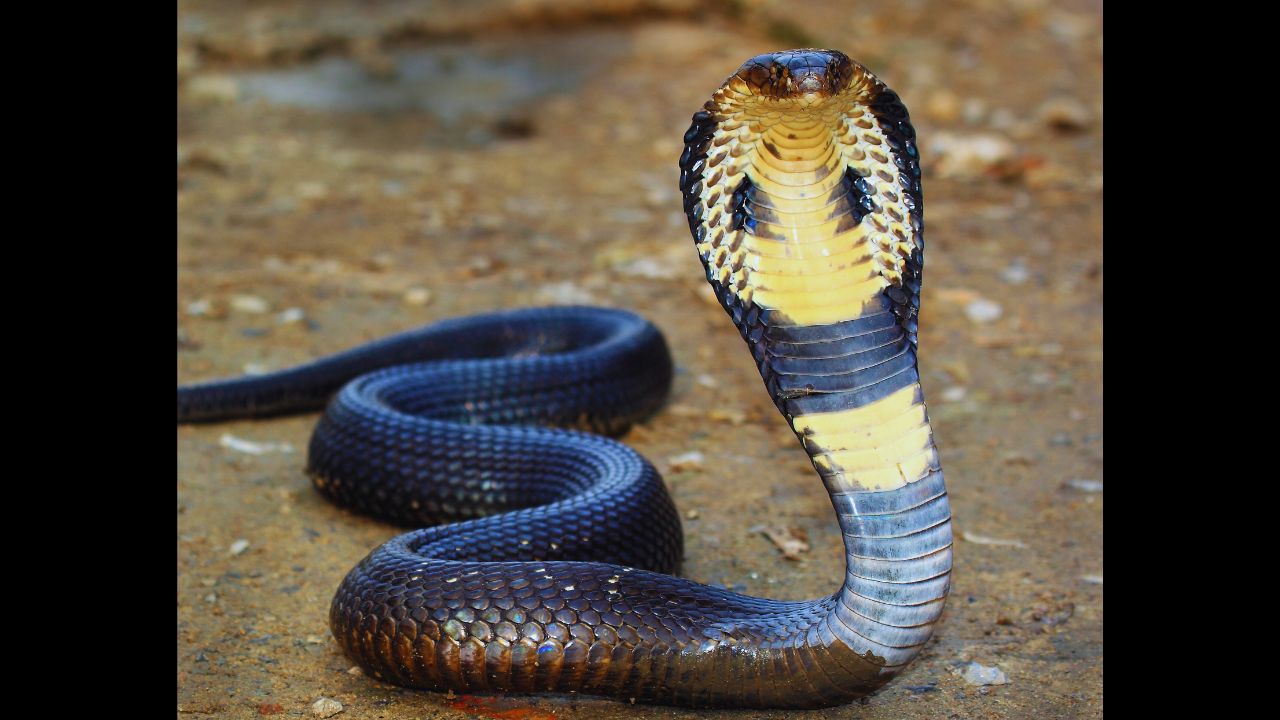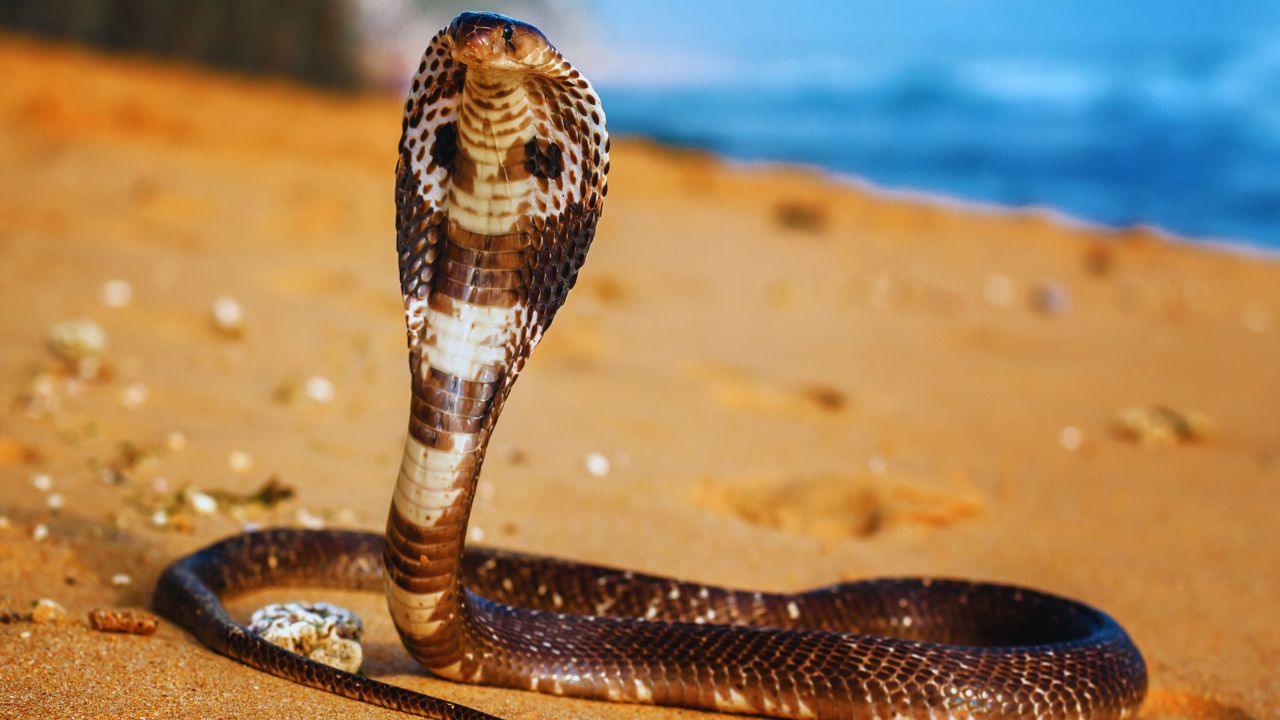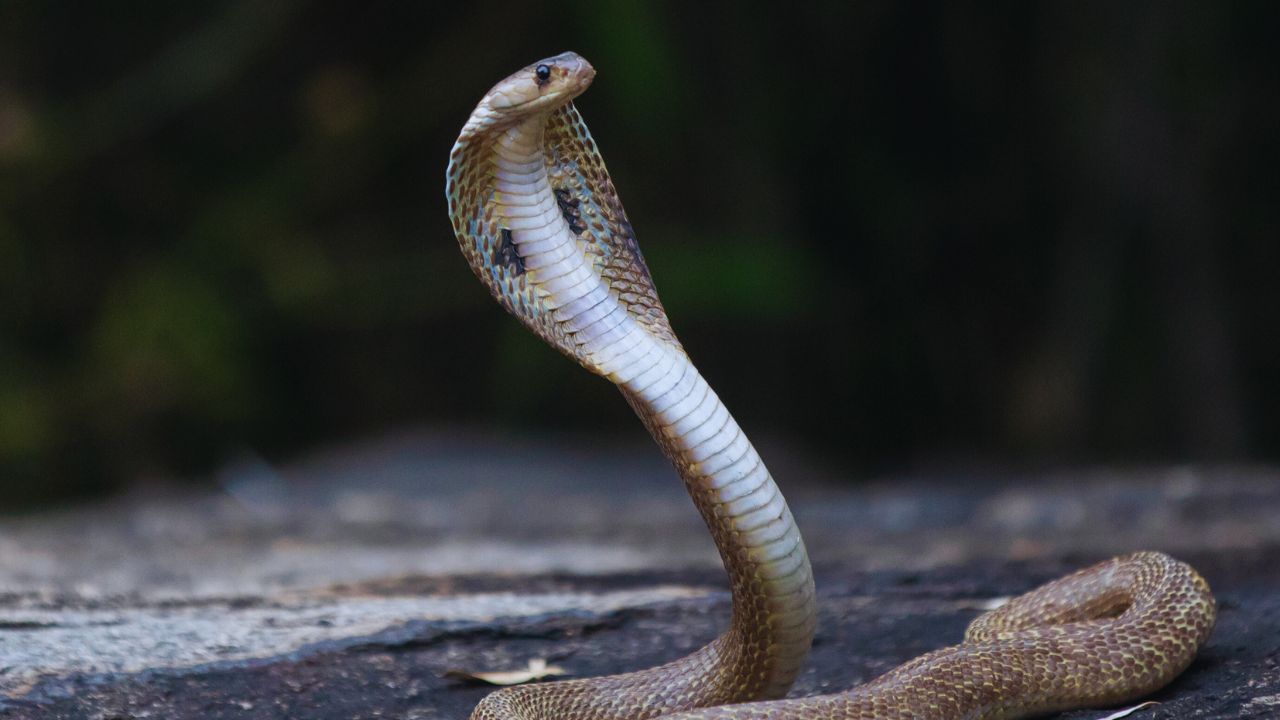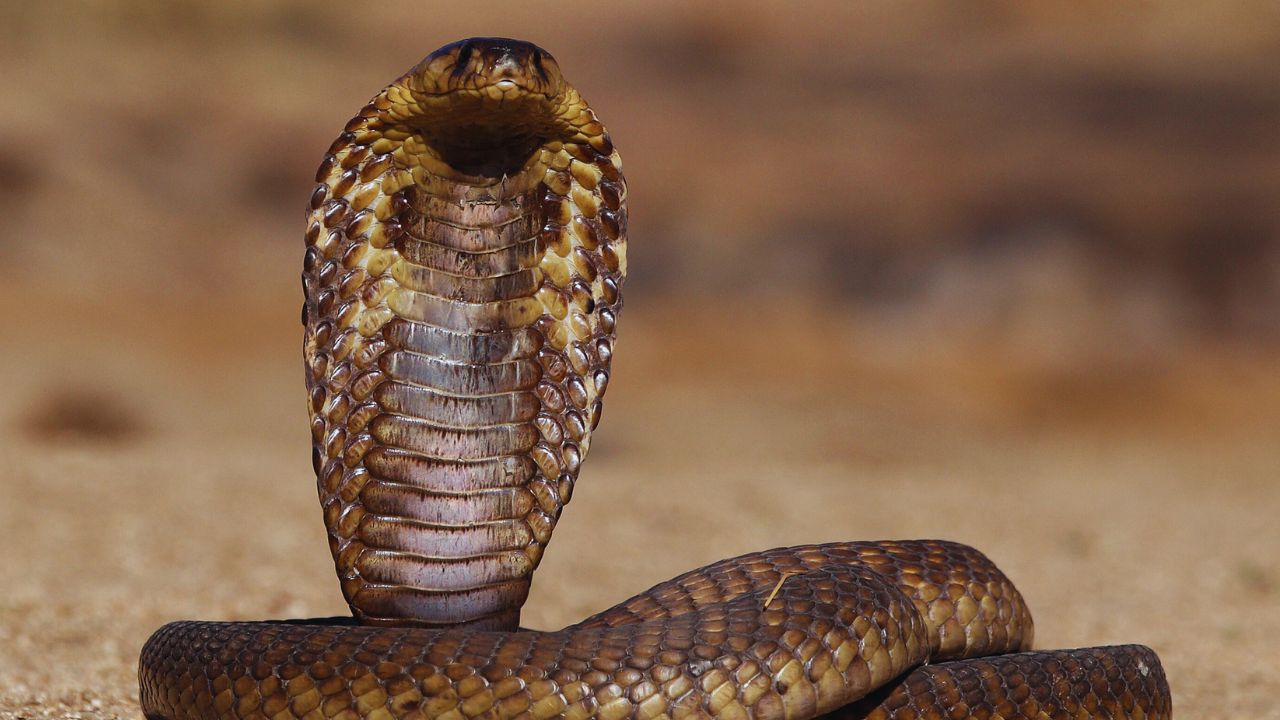Few are more fascinating in the varied realm of snakes as the False Cobra (Pseudoxenodon macrops). Though its name suggests otherwise, this species is not a real cobra; its name comes from its amazing mimicking behaviour. Mostly found in Southeast Asia, the False Cobra is an amazing illustration of how well nature can copy, adapt, and survive. This page explores the False Cobra’s traits, behaviour, habitat, and conservation status, therefore providing a complete picture of this unusual reptile.

Overview of False Cobra Characteristics
| Aspect | Details |
|---|---|
| Scientific Name | Pseudoxenodon macrops |
| Common Name | False Cobra, Big-Eyed Snake |
| Length | 60 to 90 cm (up to 1.2 metres) |
| Coloration | Light brown to dark olive with dark bands or spots |
| Distinctive Features | Large eyes, hooding behaviour similar to true cobras |
| Venom | Non-venomous |
| Behavior | Diurnal, hooding display, constrictor |
| Diet | Small mammals, birds, amphibians, reptiles |
| Lifespan | Approximately 10 to 15 years |
Physical Features and Appearance
Usually spanning 60 to 90 centimetres in length, the medium-sized False Cobra—also known as the Big-Eyed Snake—has some individuals reaching up to 1.2 meters. Its big, wide eyes—which give it a rather frightening look—are among its most arresting characteristics. Often with black bands or spots running down its back, the False Cobra has a thin body and ranges in colour from light brown to dark olive.
Like other real cobras, the False Cobra may flatten its neck to produce a hood-like form when threatened; its head is somewhat wider than its neck. This hooding behaviour is a major factor for this snake to be sometimes confused with a cobra. Unlike many cobra species, the False Cobra does not have the characteristic spectacle mark on the rear of its hood, nevertheless.

Conduct and Diet
Since the False Cobra is mostly diurnal—that is, active throughout the day— Usually seen searching for food in low foliage or leaf litter, this nimble and vigilant snake is Small animals, birds, amphibians, and other reptiles make up its mostly consumed food. Constrictors like the False Cobra subdue prey with their strong physique, then devour it whole.
The False Cobra’s capacity to replicate the hooding display of real cobras is among the most amazing features of its behaviour. Threatened, the False Cobra will hiss loudly, lift the front section of its body off the ground, and spread its neck to create a hood. This exhibit is meant to discourage predators by exaggerating the size and danger of the snake relative to its genuine character. The False Cobra is non-venomous and presents no actual harm to people despite its scary exhibit.
Batesian mimicry—that is, the imitation of a dangerous species by a benign one to evade predation—is shown by the False Cobra. Regarding the False Cobra, this imitation is especially successful against predators who have learnt to avoid the very poisonous actual cobras.

Habitat and distribution
Native to Southeast Asia, the False Cobra may be found from southern China and northern Vietnam to Thailand, Myanmar, and Laos. It lives in lowland woods, meadows, and agricultural regions, among other settings. Often located close to water sources such rivers, streams, and marshes where it may readily obtain food, the False Cobra is
Extremely flexible and able to survive in both natural and manmade environments, this species is Like many reptiles, the False Cobra is also sensitive to habitat loss brought on by urbanisation, agricultural development, and deforestation, however. Notwithstanding this, the False Cobra is still very numerous in its area; its population trends are not well-documented nevertheless.
| Region | Countries | Habitats | Conservation Status |
|---|---|---|---|
| Southeast Asia | Southern China, Vietnam, Thailand, Myanmar, Laos | Lowland forests, grasslands, agricultural areas, near water sources | Not listed as endangered or vulnerable |
Reproduction and Life Span
Usually in the warmer months, the False Cobra’s mating season is marked by female depositing of 5 to 15 eggs in clusters. Usually laid in a secret place, like a burrow or beneath leaf litter, the eggs are allowed to incubate. The incubation period runs two to three months, after which the hatchlings show themselves.
Independent from birth, young false cobras get no parental care. Born completely grown and with the same protective actions as adults, they may hiss and flatten their necks. Although their natural lifetime is unknown, False Cobra is thought to be 10 to 15 years.

Conservation Status and Risks
Although the False Cobra is not categorised as vulnerable or endangered right now, human activities and habitat degradation pose challenges to many species, including it. The False Cobra’s native habitat has been fragmented and degraded as Southeast Asia’s growing urban growth, logging, and agriculture have expanded. Furthermore, threatening this species is the gathering of snakes for the pet trade, but less frequent.
Since the False Cobra is not regarded as a high-priority species, conservation efforts for it are now inadequate. Maintaining regional biodiversity, however, depends on preserving the environments where False Cobra and other reptiles reside. Conservation of the wetlands and forests of Southeast Asia can help not just the False Cobra but also many other species that depend on them.
The False Cobra’s Part in Ecosystems
The False Cobra is a predator that significantly helps to regulate amphibian, avian, and small mammal populations. The False Cobra supports the equilibrium of ecosystems by controlling these numbers. Its presence in agricultural regions may also be advantageous, as it can help lower populations of pests that might compromise crops.
Apart from its predatory nature, the False Cobra is also a prey species for bigger creatures such birds of prey, monitor lizards, and more general snakes. Its mimicking behaviour is a crucial survival tactic as it lets it seem more threatening than it really is, therefore avoiding predation.
The interactions of the False Cobra with other species draw attention to the intricate dynamics existing in ecosystems. The False Cobra adds to the complex network of life in Southeast Asian woods and grasslands as both predator and prey.

Human Interaction and False Beliefs
Because of its similarity to actual cobras, the False Cobra is often misidentified. Though largely benign to humans, certain areas see it feared and sometimes murdered on sight. Changing these misunderstandings and advancing cohabitation between people and animals depend mostly on awareness and education.
The False Cobra is also connected in several civilizations’ with local mythology and customs. Generally speaking, snakes represent fertility, protection, and change as symbols. With its theatrical hooding show, the False Cobra might be especially related with these subjects.
Human contacts with the False Cobra are not necessarily unpleasant. In places where it is known as non-venomous, the False Cobra is occasionally welcomed or accepted as a naturally occurring pest management agent. One also finds amazing evidence of nature’s creativity in its capacity to replicate more deadly snakes.
Behaviour and Ecology of the False Cobra
A remarkable creature displaying the variety and adaptability of snakes is the False Cobra. Though named differently, it is not a real cobra; rather, it has developed to resemble the behaviour of its deadly cousins in order to survive. The False Cobra is an interesting topic of research and a useful part of its environment because of its mimicry and special physical traits and behaviours.

Habitat loss and human activities are difficulties for the False Cobra, as with many reptiles. Ensuring the survival of this species and the many other species that depend on its natural habitats depends on conservation initiatives focused on their protection. Learning more about the False Cobra and advocating appreciation of all animals can enable us to preserve Southeast Asia’s great variety for future generations.





